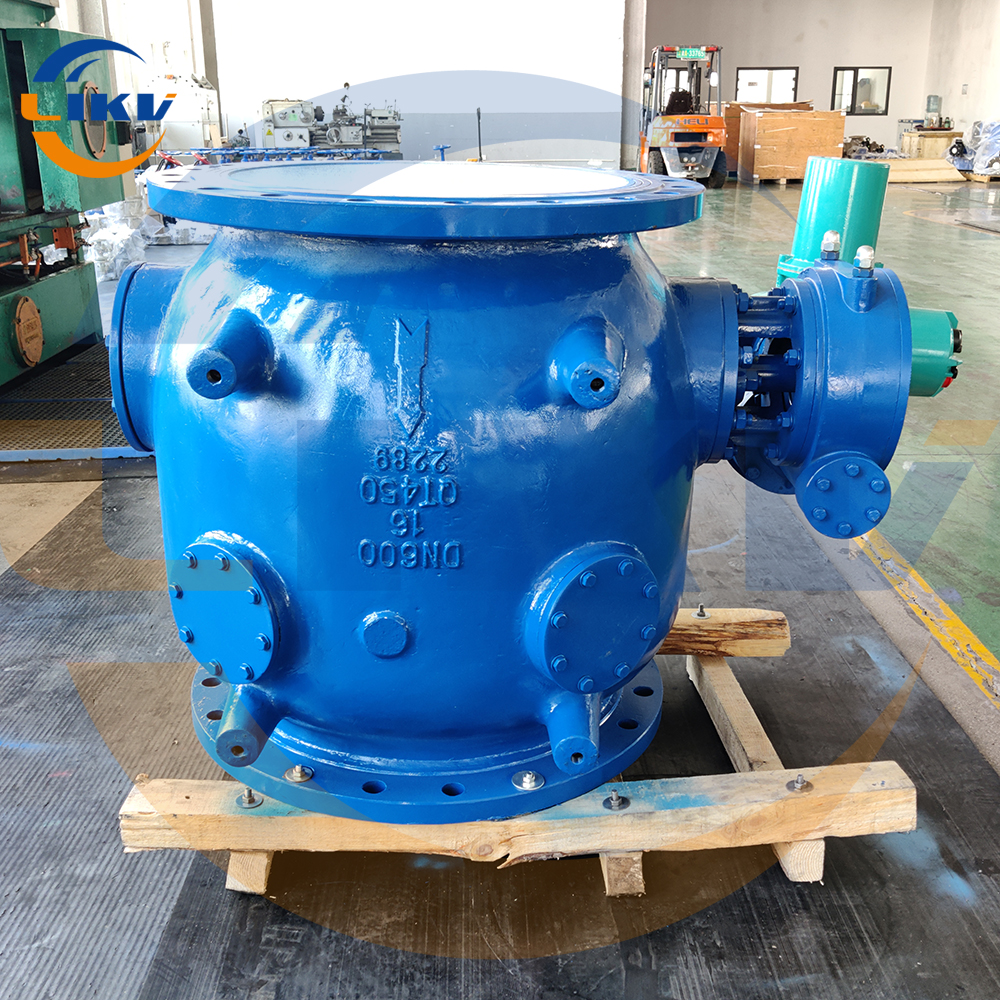Regulating valve installation and commissioning
Valve regulator valve is a common fluid control device, usually installed in the pipeline system for regulating flow, pressure, temperature and other parameters. When installing and commissioning the valve regulator, some points need to be paid attention to to ensure its stable and reliable operation.
1. Preparation before installation
1. Determine the installation position of valve regulator: pipe layout, safe operation and maintenance should be considered.
2. Check the valve regulating valve and its connectors: check whether the parts of the valve regulating valve are complete and intact, and test and clean the connectors to ensure that there is no leakage.
Ii. Installation process
1. Connect the valve regulator with the pipeline: after installing the support on the pipeline, connect it with the pipeline according to the installation requirements of the valve regulator, and fix it with bolts and other fasteners.
2. Install the valve regulating valve accessories: according to the need, install the valve regulating valve accessories, such as electric actuator, manual power switch, indicating instrument, sensor, etc.
3. Adjust the attitude of the valve: adjust the Angle and direction of the valve to ensure that it is installed correctly and not interfered by external forces.
4. Switch on the power supply for trial operation: switch on the power supply of the valve regulator, adjust the valve opening and the output signal of the regulator, and perform pressure test as required.
Three, debugging points
1. Adjust the regulator: Adjust the control parameters of the regulator according to the actual needs, including the output range, control mode, adjustment period and other parameters.
2. Install the valve regulating valve accessories: if necessary, install accessories, such as remote alarm, control circuit, etc.
3. Calibrate the indicating instrument: It is necessary to calibrate the indicating instrument to ensure that the reading value is accurate and sensitive.
4. Set safety protection: according to the actual needs, set the safety protection parameters of the valve regulator, such as maximum opening degree, minimum closing degree, etc.
5. Test operation: test the operation of valve regulating valve, such as whether the actuator is sensitive, whether the opening is accurate, whether the output signal is stable, etc. If problems are found, handle them in time.
6. Record the debugging results: record the debugging results of the valve regulator, including control parameters, opening range, safety protection parameters, etc., to provide reference for future maintenance and debugging.
To sum up:
Valve regulator installation and commissioning need to be in strict accordance with the standardized process and installation requirements to ensure its stable and reliable operation. In the process, it is necessary to pay attention to some key points, such as checking connectors, installing accessories, debugging attitude and calibrating instruments. Problems should be dealt with in time, and the debugging results should be recorded to provide reference for future maintenance and debugging.
Post time: May-19-2023





